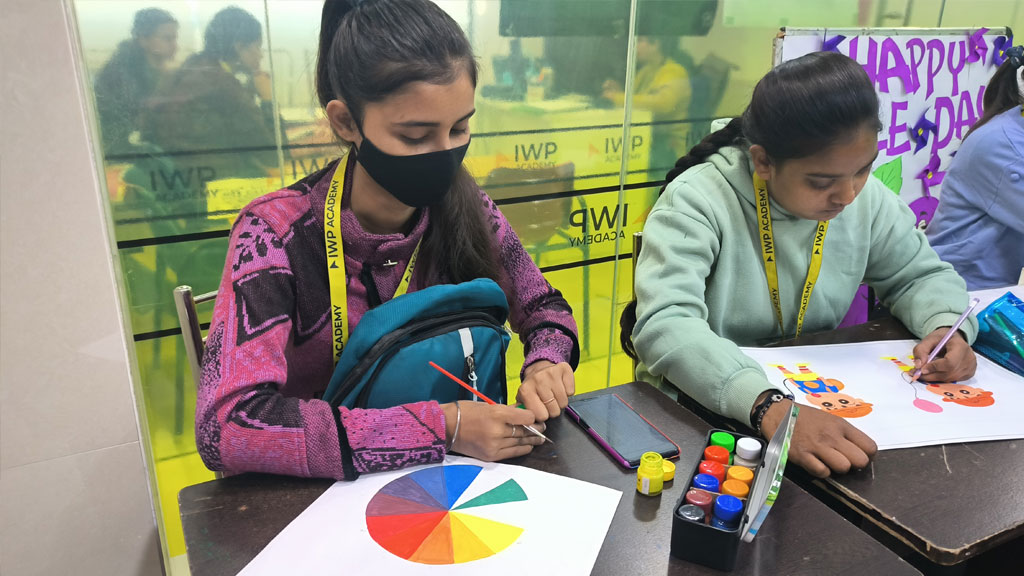Introduction: Step into a world where imagination knows no bounds, where colors dance and shapes come alive. If you are captivated by the idea of expressing yourself through the language of art, a fine arts course is your gateway to a realm of boundless creativity. In this blog post, we’ll embark on a journey through the fascinating landscape of fine arts education, exploring the diverse avenues that await those who are passionate about painting, drawing, sculpture, and the limitless possibilities of artistic expression.
- Foundations of Fine Arts: Every artistic journey begins with a strong foundation. In a fine arts course, you’ll explore the fundamentals of visual language—line, shape, form, color, and texture. These foundational skills provide the building blocks for your artistic expression, whether you’re drawn to the fluidity of watercolors, the precision of pencil sketches, or the vibrant strokes of oil paintings.
- Drawing: The Essence of Expression: Delve into the art of drawing, where lines become the storytellers of your imagination. Fine arts courses often dedicate significant attention to drawing techniques, teaching you how to capture the essence of a subject, convey emotions, and develop your unique style. From quick sketches to detailed studies, drawing is the backbone of artistic expression.
- Painting: Bringing Canvas to Life: Immerse yourself in the world of colors and brushstrokes. Painting, whether with oils, acrylics, or watercolors, allows you to breathe life into your visions. Learn the techniques of blending, layering, and creating textures that evoke emotions and bring depth to your artwork. A fine arts course will guide you through the diverse and expressive medium of painting.
- Sculpture: Shaping Ideas in 3D: Take your art off the canvas and into the realm of three-dimensional expression with sculpture. Fine arts courses often include hands-on experiences in shaping and molding various materials. Whether you’re carving stone, working with clay, or experimenting with found objects, sculpture allows you to explore form, space, and texture in a tangible and immersive way.
- Art History: Understanding the Masters: Gain insights into the rich tapestry of art history. Fine arts courses often include studies of influential artists, movements, and styles that have shaped the course of artistic expression. Understanding the context and evolution of art provides a broader perspective on your own work and allows you to draw inspiration from a vast reservoir of creative achievements.
- Mixed Media and Experimental Art: Push the boundaries of traditional art by exploring mixed media and experimental techniques. Fine arts courses encourage students to break free from conventions, combining various materials and methods to create innovative and unconventional pieces. This freedom to experiment fosters a spirit of exploration and innovation in your artistic practice.
- Portfolio Development and Exhibition: As you progress through your fine arts course, you’ll have the opportunity to curate a portfolio that showcases the evolution of your artistic voice. Additionally, courses often provide avenues for exhibiting your work, allowing you to share your creations with a broader audience and receive valuable feedback from peers and professionals.
Conclusion: Embarking on a fine arts course is not just about learning techniques; it’s about discovering your unique voice in the language of art. Whether you aspire to be a painter, sculptor, or multimedia artist, the journey through a fine arts course is a transformative exploration of self-expression. So, pick up your brush, mold your clay, and let the colors of your imagination flow freely. The canvas is vast, and your artistic journey has only just begun. Unleash your creativity and paint the world with the strokes of your unique vision!

